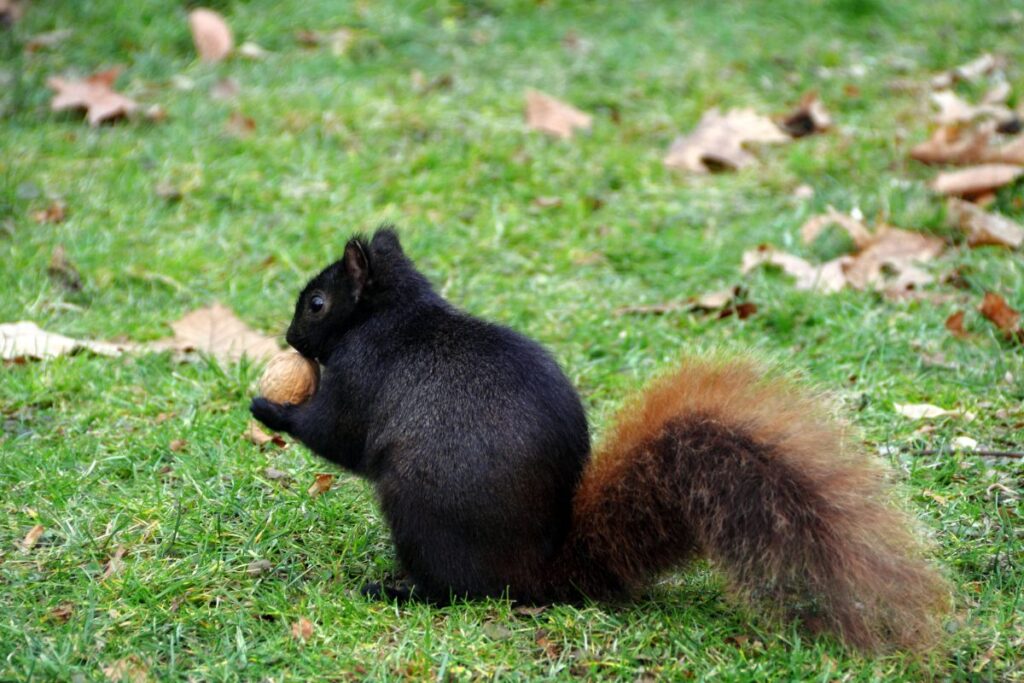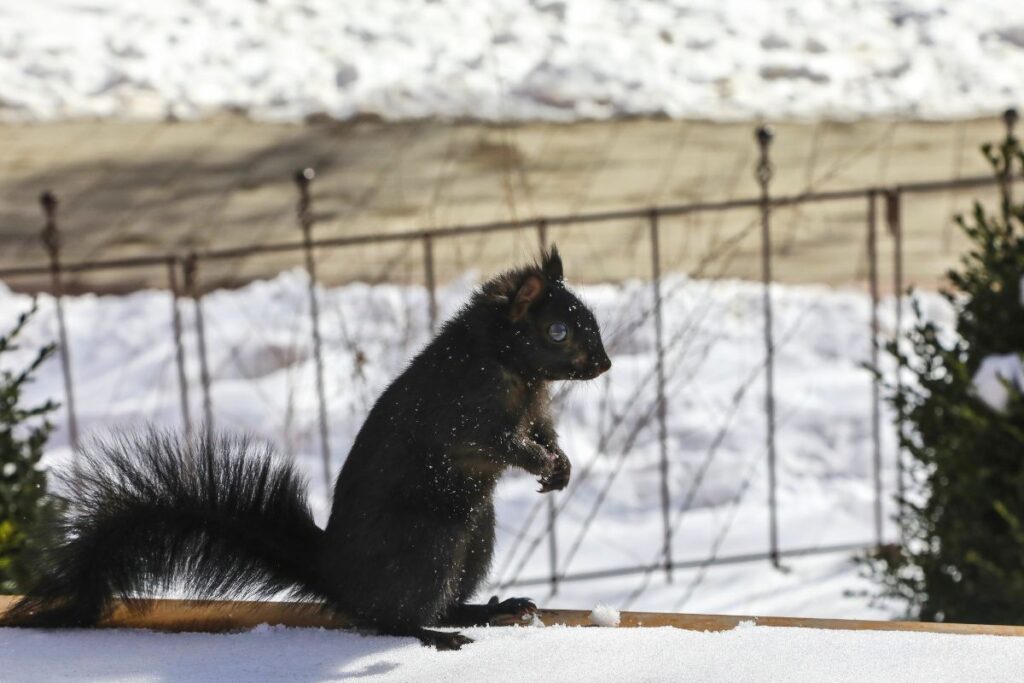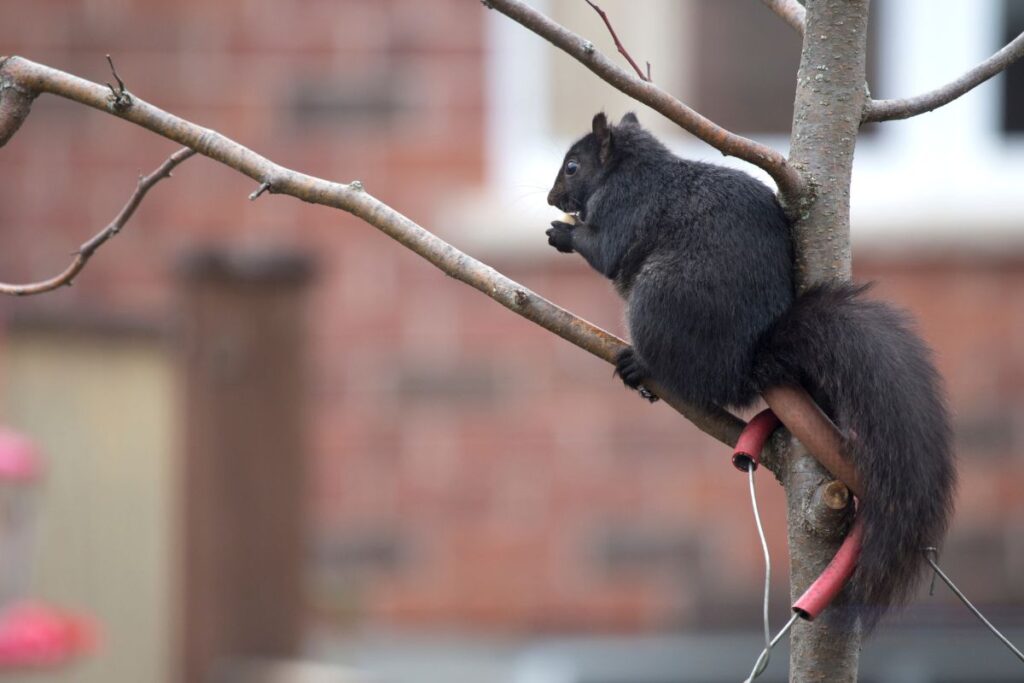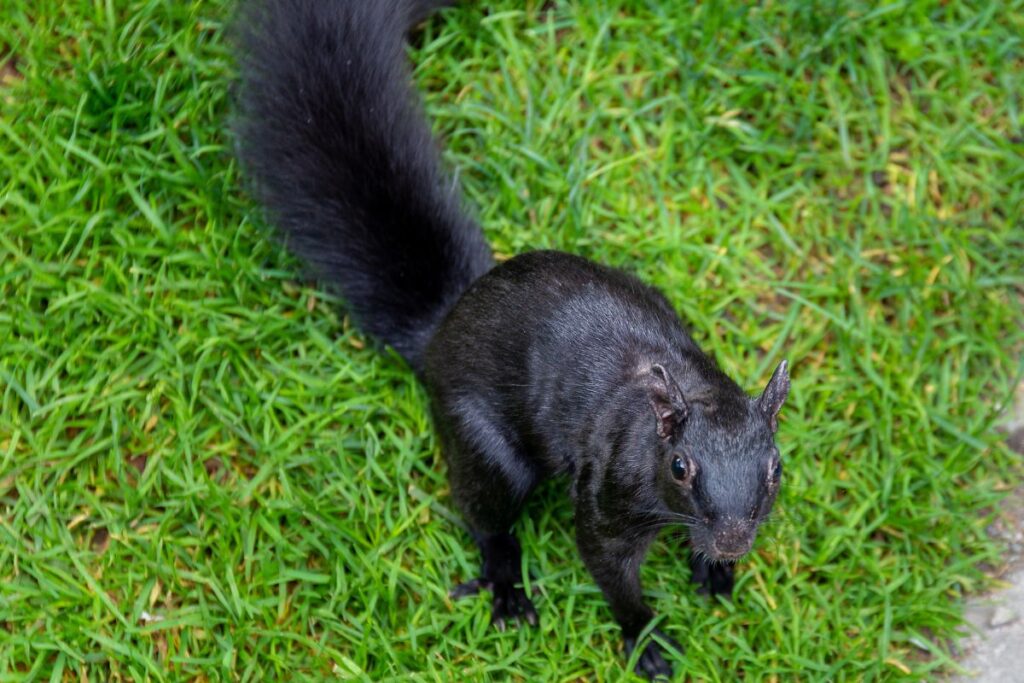
Omaha has become a surprising center for squirrel research, particularly black squirrels. Led by Professor James Wilson at the University of Nebraska at Omaha (UNO), the annual squirrel census engages students in vital fieldwork while revealing intriguing insights about the region’s squirrel populations. This unique initiative blends academics, community involvement, and conservation awareness.
1. Annual Squirrel Census Tradition

Each fall, University of Nebraska at Omaha (UNO) students conduct a squirrel census, counting black, red, and deceased squirrels across the city. This hands-on research provides valuable data on local wildlife.
2. The Rise of Black Squirrels

Once rare in Omaha, black squirrels—a mutation of the common fox squirrel—have grown in numbers, partly due to human infrastructure like bridges facilitating their spread.
3. Historical Mistakes and Discoveries

In 1843, naturalist John James Audubon mistakenly identified black squirrels as a separate species. Today, they are recognized as a color variant of the fox squirrel.
4. Wilson’s Rediscovery

Professor James Wilson revitalized interest in black squirrels after discovering a 1973 thesis detailing their presence in Council Bluffs. His research tracks their spread and behavior.
5. Student Career Launchpads

For students like Brett Andersen, the squirrel census was a career catalyst. Andersen now works with at-risk species, emphasizing the importance of monitoring even common wildlife.
6. Unique Community Connection

Black squirrels are celebrated in Council Bluffs, Iowa, where they even have a city mascot named Chipper and legal protections against harm or harassment.
7. Thermal Advantage Theory

Research suggests black squirrels may have a slight thermal advantage in cold weather due to their dark fur, conserving energy and extending foraging time during winter.
8. Human Influence and Favoritism

Wilson explores how humans interact with black squirrels, questioning if their rarity makes them more endearing or protected by people, possibly influencing their survival.
9. Ethical Considerations of Feeding Wildlife

Community members like Andrew Hubbard feed local squirrels, sparking debates about the ecological impact. His fondness for a resilient black squirrel named KickAss highlights these connections.
10. Future Research Directions

Wilson plans to analyze a decade’s worth of student-collected data, focusing on behavioral patterns and human-squirrel dynamics, ensuring Omaha remains a hub for urban wildlife studies.
Stay connected with us for more stories like this! Follow us to get the latest updates or hit the Follow button at the top of this article, and let us know what you think by leaving your feedback below. We’d love to hear from you!







